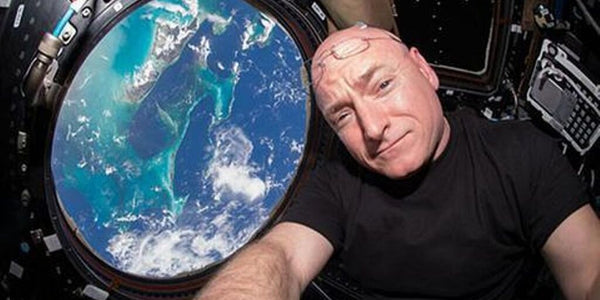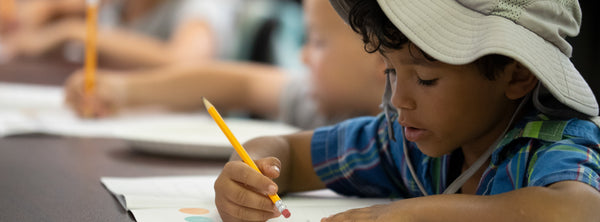
Scott Kelly's Year in Space
Scott Kelly has not always been an astronaut. In fact, he was not selected by NASA to complete such training until April of 1996. Prior to that, he worked for the U.S. Navy, having received a pilot's license and he remained with the Navy until June of 2012. While Kelly holds experience in a wide variety of settings, he is most known for his famous "year in space," which was completed in March of this year (NASA, 2016).
Due to Scott's bravery, his mission is now providing new information to scientists that may aid them in determining if a trip to Mars can be taken by humans. Until now, there has been no solid data proving the capacity of a human being to survive a mission to Mars (which would take an estimated 3 years). Prior to Kelly's space experience, there was limited understanding as to how human systems would respond to living in microgravity (questions regarding bone and vision, for example), including what countermeasures could be taken to avoid any inconceivable complications. Now, however, Scott Kelly is literally living proof that a mission to Mars may actually be a viable opportunity. Although there are other astronauts who have spent more than a year in space (Cosmonaut Sergei Avdevev spent 380 days; Cosmonauts Vladmir Titov and Musa Manahrov spent 366 days), Kelly has spent the most cumulative time in space, and has allowed scientists to execute more extensive research (like genetic studies) as a result of his missions (Dunbar, 2016).
Another interesting finding that has come about from Kelly's mission was that his height increased by two inches; Kelly is now two inches taller than his identical twin. While this may seem a positive, cool fact, it is actually a negative repercussion of living without restraint or resistance on the body. Because gravity keeps the body stronger, a lack of it typically results in weaker bones and muscles, which, in this case, led to Scott's height increase. That said, when muscles are not being used, they can become weaker and more prone to sustaining injuries (Griffin,2016).
It will be interesting to witness how Kelly's mission informs science and the future of human activity in space. Today a mission to Mars seems somewhat plausible, but what about trips to other planets? How far can astronauts "push" their way in this galaxy (and to others)?
As the study of flight and space exploration continue to expand, PCS Edventures heads the curve with exciting enrichment camps to inspire future generations. Newly revamped camps Explore Mars Camp and Flight and Aerodynamic Camp are awesome supplements for classrooms, after-school programs and more! Engaging students through STEM ensures that even they could have the experience that Scott Kelly was so lucky to have.








